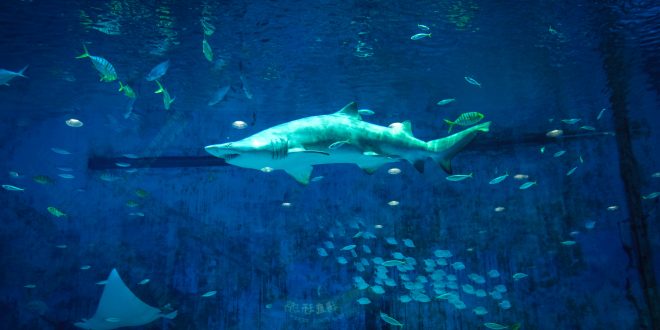By Owen Xu Li
According to the official tally of threatened species, the number of Tunas is increasing after a decade of conservation efforts. However, according to the International Union for the Conservation of Nature (IUCN), which manages the Red List, some Tuna populations are still decreasing rapidly because humanity is imposing more stress on marine biodiversity. Now, shark and rays mortality rates have increased to almost 40%.
However, the threats are not only aquatic. The Komodo Dragon, for example, is the heaviest lizard on Earth, and it now faces the risk of extinction due to rising sea levels.
During a crucial conservation congress in Marseille, France, from September 3 to 11, a new list of endangered plants and animals will be released.
Even though human populations have grown exponentially and demanded more natural resources from the environment, Dr. Bruno Oberle, from the IUCN, said that the recovery of Tuna populations is a sign that animal populations can thrive if nations practice sustainable habits.
So, he says that those present at the conservation congress in France must utilize their opportunity to emphasize the conservation of natural flora and fauna.
Craig Hilton-Taylor, head of the Read List, said that the recovery of Tuna populations, like the albacore tuna, the most widely sold tuna in supermarket chains, means that they have been managed and caught sustainably.
But we still need action to protect other marine fauna since the populations of many other marine species are in rapid decline.
For example, populations of sharks and rays are still decreasing. In 2014, approximately 1/3 of shark and rays species were categorized as threatened, but due to increasing pressures from overfishing, around 37% are now considered threatened. Now, more than ever, we need urgent action.
ABOUT THE WORLD CONSERVATION CONGRESS
- After 5 years and being postponed because of the pandemic, the congress will be held in France.
- Over the duration of the congress, government ministries, organizations, indigenous peoples, and scientists will discuss possible conservation proposals for the new UN summits on biodiversity and climate change.
- The main environmental problems to be discussed will be wildlife trafficking, plastic pollution, and the protection of the Amazon rainforest — known as the lungs of the planet. There will also be an election for a new council for the IUCN.
- Susan Lieberman, vice president of the Wildlife Conservation Society (WCS), thinks that the new list of endangered species may motivate government and multi-lateral action to act.
 Tempus Magazine By Students, For Students
Tempus Magazine By Students, For Students 



